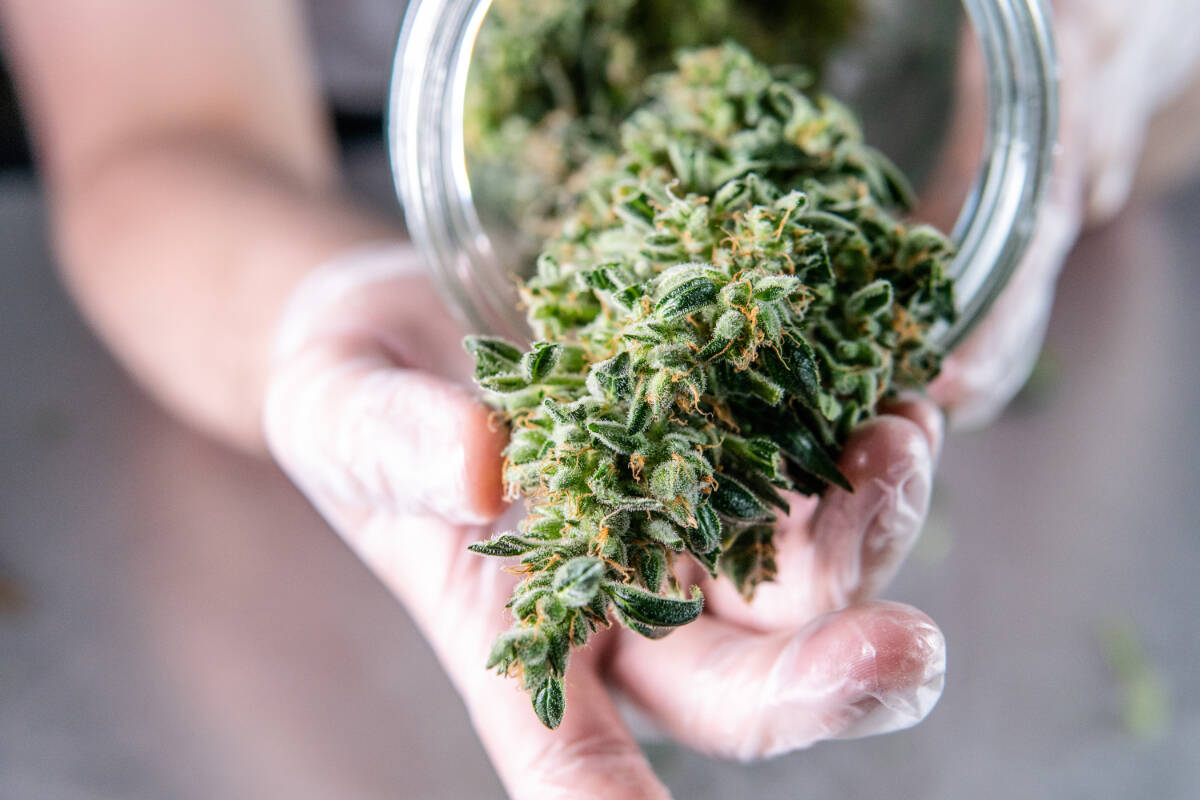In the four years since cannabis legalization in Canada, the market has grown deep roots in the lifestyles of many Canadians.
From medical to recreational, growing acceptance is seeing cannabis being consumed by increasing numbers.
“It’s a growing market that has been growing since the day of legalization, certainly a lot more since we’ve had enough product in the channel. I would say we’re still experiencing double digit numbers year over year in growth, which is a good thing. The future looks like it will continue to grow, because we’ve done a great job in Alberta,” says Jay Shukle, senior director of AGLC’s cannabis division. “We still believe there’s opportunity for more growth. Some of this will be on the shoulders of our Cannabis Act, which is legislated federally, if we get changes there on phase-two products, which are our edibles, topicals and beverages. If we get regulation changes there, I think we’ll see some heightened growth for sure.”
At the beginning of March 2022, Bill 80, the Red Tape Reduction Implementation Act, passed in the legislature privatizing the online sale of cannabis for private companies to sell online, allowing another avenue for retailers to bring in revenue and curb the illegal sales of the market.
AGLC works to curb the illicit sales that disrupt the market through the regulation of approved cannabis products for sale within licensed premises. It also works with enforcement agencies in regards to unapproved cannabis products.
“There’s a challenge, because if you are participating in the illicit market, you might not necessarily come out and say it. So we need to have research companies that use different methodologies to find out,” Shukle says. “What we do is work with a number of different data points. We work with Statistics Canada to get a holistic view on what the overall size of the market is, both illegal and legal. Plus we have our empirical numbers for what we sell through the legal market. Then we can triangulate that way. We also have other data points who do a lot of research on both illicit and legal cannabis. We work with the research companies and their data to get a high-level view of what the market size is and where we fit within them.”
Stores like Twenty Four Karats in Lethbridge have seen a struggle since legalization began. Store owner Ed Pan says his shop was one of the first legal stores to open when cannabis was legalized, and the market has had issues from supply to economic warfare. While in the beginning stores had to struggle to get product in because of a lack of cannabis, often selling out and unable to keep returning customers satisfied, now they’re facing new problems with franchised “big-box stores” putting local businesses out of work by dropping prices to lure clientele.
“At first, there was never enough inventory. The government wasn’t prepared. They didn’t have enough legal producers, growers to produce enough to service the community,” Pan says. “We were struggling to get anything from the government, we were getting small little pallets of maybe 30 boxes and trying to survive for the week. It was hard. When the supplies started catching up, and they allowed more licenses, so more license means more competition. More competition means more struggle. We were, and still are, fighting for clients. It’s an interesting turn, it looks like it’s finally stabilized and then the big corporations come in and just drop prices and try to squeeze out the little guy.”
– Ryan Clarke, Local Journalism Initiative Reporter, Lethbridge Herald
***
Find the latest must-read stories from the cannabis world at canadianevergreen.com, your go-to source for news, trends, products and lifestyle inspiration from the cannabis community and beyond. You can also follow us on Facebook and Instagram and Twitter.

